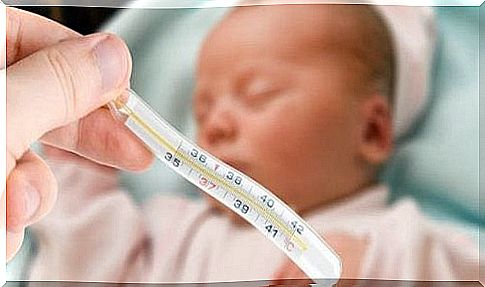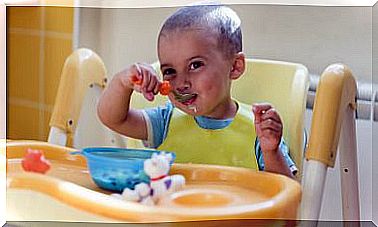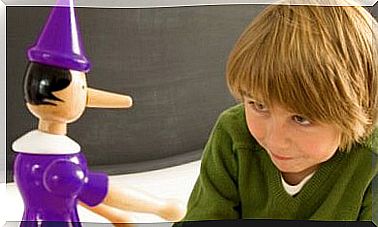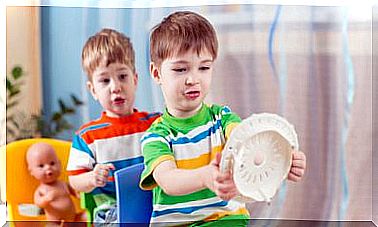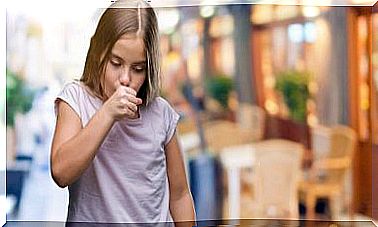Should Paracetamol And Ibuprofen Be Alternated In Children?

Alternating paracetamol and ibuprofen in children with fever is a very common practice. However, it has little scientific evidence. Let’s learn more about it in this article.
Acetaminophen and ibuprofen are two common medications in any family medicine cabinet. In the face of any problem, they are usually our first allies. However, we must not forget that they are drugs and are not without problems, especially if we misuse them. Let’s look at each of them in more detail.
Paracetamol and ibuprofen
What is paracetamol and what is it used for?
Paracetamol in a drug with analgesic and antipyretic properties. It is indicated for the symptomatic treatment of fever and pain of mild to moderate intensity.
In the body, it acts mainly by inhibiting the synthesis of prostaglandins at the level of the central nervous system. Unlike ibuprofen, it has no anti-inflammatory effect.
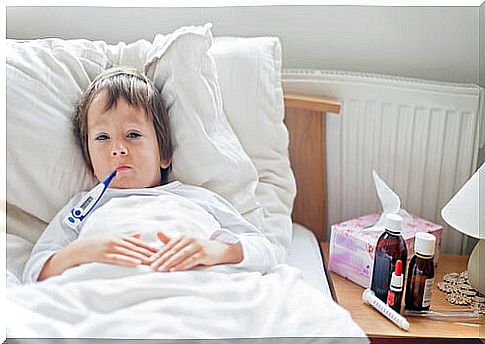
Adverse reactions produced by the use of paracetamol are rare. The only population at risk are children with liver problems or allergic to this drug.
What is ibuprofen and what is it used for?
Ibuprofen is a non-steroidal anti-inflammatory drug (NSAID) with anti-inflammatory, analgesic, and antipyretic properties. Its mechanism of action is due to the inhibition of the synthesis of prostaglandins, which play an essential role in the onset of fever, pain and inflammation.
It is indicated for the symptomatic relief of occasional mild or moderate pain, and for feverish states. It should only be used for occasional use and for limited periods of time.
The most common adverse reactions to ibuprofen are gastrointestinal in nature. Peptic ulcers, perforation, or gastrointestinal bleeding may occur. To minimize adverse effects, it is recommended to take the drug with food or milk.
Fever
Fever is, without a doubt, the most frequent cause of medical consultation in childhood. It is a topic of great concern to parents and is often treated more like a disease than a symptom.
However, fever is just a symptom, not a disease. The objective of a child with a fever should not be to eliminate the fever, but to find the cause that has caused it to be able to treat it.
Fever, in our body, is a defense mechanism against infections. When it appears, it is telling us that the immune system is working and fighting invading microorganisms. So, sometimes, eliminating a fever can be harmful.
Antipyretic treatment should be administered depending on the general condition of the child. This means that they should only be used if the child is unwell. In case the discomfort is not alleviated, you can consider changing the antipyretic.
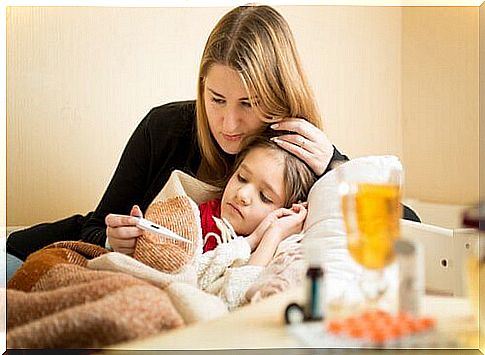
Should paracetamol and ibuprofen be alternated in children?
Currently, there is no therapeutic indication to combine or alternate antipyretics. Studies do not show that combining drugs produces more benefit than taking just one.
It is recommended, in case of fever and malaise, is to administer paracetamol every 4 or 6 hours, since it has fewer adverse effects than ibuprofen. Paracetamol is usually the drug of first choice in these cases.
However, on occasion, ibuprofen may be preferred , especially when seeking an anti-inflammatory effect in addition to the analgesic and antipyretic effect.
However, the pediatrician’s instructions should always be followed, both regarding the dose and the frequency and duration of treatment. Each child and each situation are different and it is the doctor who must guide the treatment.
